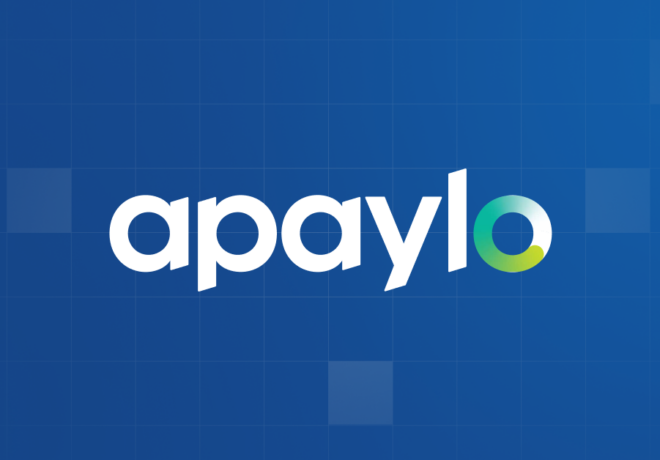The payments landscape in Canada is about to shift dramatically, and Payment Service Providers (PSPs) are at the heart of this transformation. With the Retail Payments Activity Act (RPAA) set to take effect in September 2025, the clock is ticking for PSPs to align with new regulations designed to protect consumers and strengthen trust in the financial ecosystem.
If you’re a PSP that relies on another PSP for processing payments—rather than handling them directly through your own bank accounts—this change hits close to home. The RPAA’s requirements around segregation and safeguarding of end-user funds present both a challenge and an opportunity. Let’s break it down and explore how you can prepare for compliance, even if traditional banking options remain out of reach.
The RPAA at a Glance: What’s Required?
The RPAA, overseen by the Bank of Canada, introduces a framework to ensure PSPs manage end-user funds with accountability and care. Two pillars stand out as critical for compliance:
-
Segregation of Funds: This means keeping end-user funds—money your customers entrust to you—separate from your corporate funds. Think of it as drawing a clear line between what’s yours and what belongs to your users. Mixing these funds isn’t just a compliance no-no; it’s a risk to your business’s integrity.
-
Safeguarding of Funds: Beyond separation, you need to ensure that end-user funds are protected, especially if your business faces financial trouble or insolvency. The goal? Your customers should still be able to access their money, no matter what happens to your company.
These rules aren’t just bureaucratic checkboxes. They’re about fostering confidence—showing your customers that their funds are safe with you, every step of the way.
Why This Matters for PSPs Like You
If you’re a PSP that leans on another PSP for payment processing (think platforms like payment facilitators or sub-processors), you’re in a unique spot. You don’t hold funds in your own bank account, and that’s where things get tricky. Many banks view PSPs as high-risk clients, often refusing to offer accounts due to internal risk tolerances. Without direct access to banking, how do you segregate and safeguard funds as the RPAA demands?
This isn’t a hypothetical hurdle—it’s a real challenge shaping the future of PSPs across Canada. Without a clear strategy, you risk non-compliance, which could mean penalties, reputational damage, or worse: losing the trust of the customers who keep your business running.
The Compliance Challenge: Breaking It Down
Let’s dig into the specifics. If you can’t open a bank account to physically separate end-user funds, segregation becomes a logistical puzzle. You might be processing payments through a partner PSP, with funds flowing into their accounts rather than yours. How do you prove those funds are distinct from your operational cash? And safeguarding? That’s even tougher—without a way to shield those funds from your business’s financial ups and downs, your customers could be left vulnerable.
The risks are clear:
-
Mixed Funds: Without separation, end-user money could be mistaken for your own, complicating audits and compliance checks.
-
Insolvency Exposure: If your business hits a rough patch, unsegregated, unprotected funds could vanish, leaving customers empty-handed.
-
Regulatory Scrutiny: The Bank of Canada won’t take kindly to PSPs who can’t meet these standards, and penalties could follow.
For PSPs in this position, the RPAA isn’t just a regulation—it’s a wake-up call to rethink how you manage funds.
Ready to simplify payments for your business?
Discover how Apaylo can help you streamline transactions, reduce costs, and stay compliant with ease.


Exploring Your Options for Compliance
The good news? Compliance is within reach, even without a traditional bank account. The RPAA doesn’t mandate a one-size-fits-all solution; it leaves room for creativity.
Here are some of the best paths forward:
- Internal Segregation with a Second Wallet: You don’t need a separate bank account to segregate funds—you can do it within your own systems. Requesting or creating a second “wallet” or ledger specifically for end-user funds is a smart first step. This keeps your corporate finances distinct from customer money, making it easier to track and report. It’s not a physical separation, but a clear, auditable divide that regulators can recognize.
- Insurance as a Safeguarding Solution: Here’s where things get interesting. The RPAA allows PSPs to safeguard funds through methods like insurance policies. Imagine this: you take out a policy that covers end-user funds held in your second wallet. If your business faces insolvency, the insurance kicks in, ensuring those funds are returned to your customers. It’s a practical workaround—especially for PSPs locked out of banking options—and it checks the safeguarding box without requiring you to overhaul your operations.
- Partnering with Your PSP: If you rely on another PSP for payments, could they help? Some PSPs might offer tools or sub-accounts to help you segregate funds within their systems. It’s worth a conversation—though you’ll still need a safeguarding plan to fully comply.
Of these, the insurance option shines as a standout for its simplicity and effectiveness. It’s a bridge between where you are now and where the RPAA expects you to be, offering peace of mind without the headache of chasing elusive bank accounts.
The Upside of Getting This Right
Compliance might feel like a burden, but it’s also a chance to level up your business.
Here’s what’s in it for you:
-
Trust That Wins Customers: When users know their funds are segregated and safeguarded, they’re more likely to choose you over a competitor who’s still figuring it out.
-
Risk Reduction: Clear separation and protection of funds shield your business from financial chaos and legal headaches.
-
A Competitive Edge: As the RPAA deadline looms, early adopters of compliance strategies will stand out as leaders in a crowded market.
This isn’t just about avoiding trouble—it’s about building a stronger, more resilient PSP that’s ready for the future.
Time to Act: The Countdown Is On
September 2025 might seem distant, but preparing for the RPAA takes planning, especially if you’re navigating these waters without a bank account. Start now by assessing your current setup. Could a second wallet work for you? What would an insurance policy need to cover to protect your end-user funds? These are questions worth asking today, not tomorrow.
The best part? You don’t have to solve this alone. Innovative solutions are emerging to help PSPs like you meet the RPAA head-on. Over the next few months, we’ll dive deeper into options like insurance-backed safeguarding—practical, accessible ways to turn compliance into an advantage.
What’s Next?
Stay tuned. Our next post will explore how insurance could simplify your RPAA journey, offering a glimpse into how PSPs can safeguard funds without breaking the bank (or begging for one). For now, take a moment to think about your end-user funds. How can you segregate them today? What would it mean for your customers to know their money is safe?







